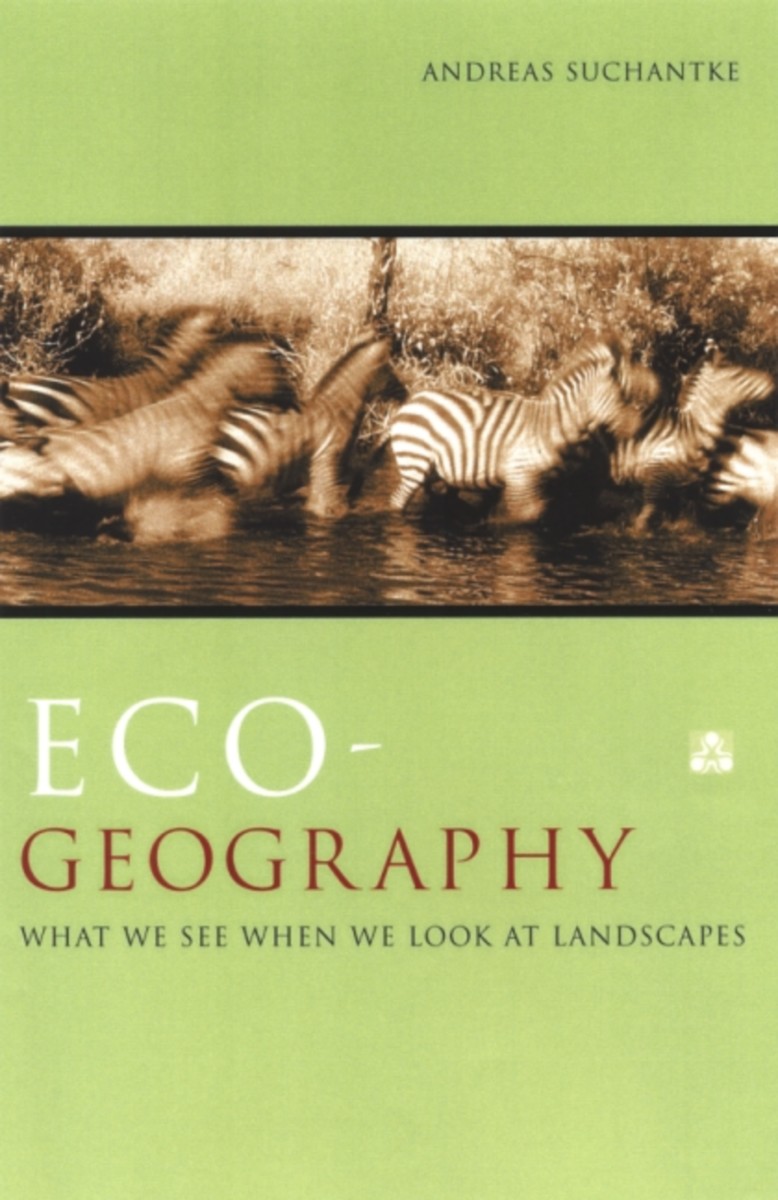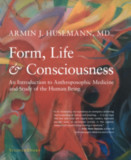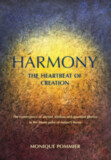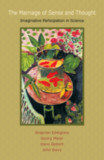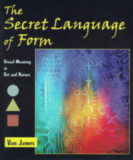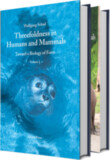Eco-Geography
What We See when We Look at Landscapes
- Publisher
Lindisfarne Books - Published
1st May 2001 - ISBN 9780940262997
- Language English
- Pages 272 pp.
- Size 6" x 9"
Whether you travel across the country, to work, or to your children's soccer games, you pass landscape along your way. What do you see as you look around? Author Andreas Suchantke shows you new ways to see and experience the world around you wherever you go.
What do we really see when we look at a landscape? Andreas Suchantke, biologist, science teacher, attentive traveler, recounts in detailed and telling observations some of the most fascinating landscapes on Earth: the savannahs of East Africa, the rainforests of South America and Africa, the unique islands of New Zealand, the Great Rift Valley of Africa, and the Middle East. He brings us to landscapes that have been severely damaged by human activity and others, such as the island of Sri Lanka, where nature and human culture have been brought into paradisiacal harmony.
His beautiful descriptions and illustrations alone are worth the trip, but these essays are even more than great nature and ecology writing. Suchantke's real interest is a new way of seeing the physical landscape. This approach is based on precise observation, which is not then just analyzed "objectively," but recreated in an active act of imagination. Nature is then experienced as a form of meaning, a language. As Suchantke abundantly shows us, the quality of our relationship with nature is determined by how well we understand this language. The practical use of the imagination is thus an ecological activity.
This book is for all those who want a deeper appreciation of Goethean methods of seeing or who are simply interested in viewing nature with fresh eyes.
“This is a fascinating book about the relationship between organisms (both animal and vegetable), ecosystems, and cultural emergence. Andreas Suchantke, trained in botany and zoology, taught science for two decades at the Waldorf School in Zurich. His primary mentors, besides the natural order, are Goethe and Rudolf Steiner, from whom he gleaned the truth of 'the exactness of the imagination,' as translator Norman Skillen writes in a superb introduction....
“His main point is that there are formative principles at work in the world's diverse environments that override the expression of traits in individual species. We consumers of nature must learn to imagine these formative principles and not continue using nineteenth-century industrial models to deal with the natural landscapes.... Numerous drawings of landscapes, birds, animals, insects, succulents, and ferns—indeed, all forms of vegetation—are beautifully rendered and add much to the book's overall effect. Finally, Suchantke's fourteen-page listing of references is truly superb and offers further reading on nature and psyche for years to come.”
Dennis Patrick Slattery - Parabola Magazine: Myth, Tradition & the Search for Meaning
C O N T E N T S:
Introduction
1. Ngorongoro: Primeval Pas as Living Present
2. Africa: three Landscapes as a Single Organism
3. What Do Rainforests Have to Do with Us?
4. Humankind and Nature in different Cultures and Continents
5. Juvenilization in Evolution and Its Ecological Significance
6. New Zealand: Old Land, Young Land
7. The Signature of the Great Rift Valleys
References
Andreas Suchantke
Andreas Suchantke was born in Basel, Switzerland, in 1933. He was trained in zoology and botany at the universities of Munich and Basel and taught natural sciences for nineteen years in the Waldorf school in Zurich. He has worked extensively in Waldorf teacher training programs around the world. Andreas Suchantke describes himself as a "freelance ecologist," and works especially in Israel in cooperation with the Society for the Protection of Nature.


